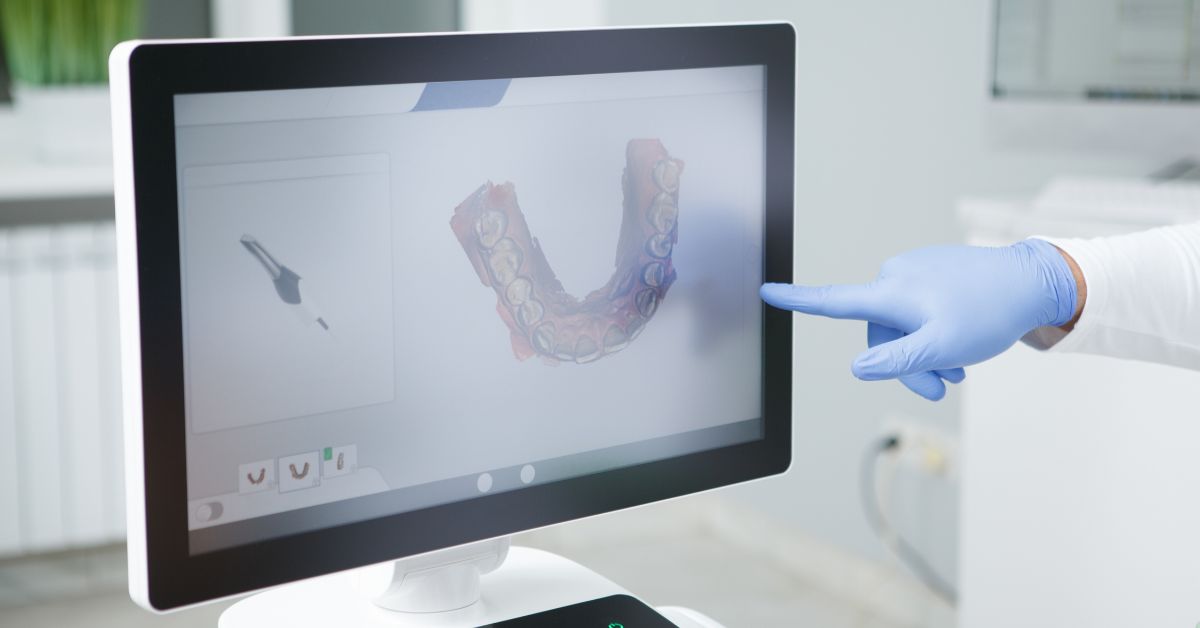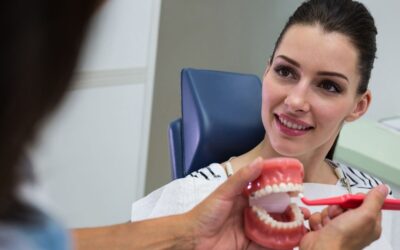In the world of dentistry, accurate coding is essential for the proper reimbursement and documentation of services provided to patients. Among the various codes used, the D9222 dental code stands out. This specific code is used for billing purposes related to the administration of general anesthesia and sedation during dental procedures. Understanding the nuances of this code ensures that dental professionals are compensated correctly for the services they provide while maintaining compliance with industry regulations. In this article, we will explore the D9222 dental code, its application, and how it influences the billing process, helping you navigate the complexities of dental coding.
What is the D9222 Dental Code?
The D9222 dental code refers to the billing code used for the administration of general anesthesia or intravenous sedation during dental procedures. It falls under the category of sedation codes used by dental professionals to report the services rendered when a patient is sedated for a procedure. The D9222 code specifically denotes the use of deep sedation or general anesthesia, which can significantly alter the complexity of the procedure and the level of care required.
Understanding the Scope of D9222 Code
This code is used primarily for billing when patients undergo surgeries or treatments that require deep sedation or general anesthesia, rather than just local anesthesia or mild sedation. It helps ensure the dentist or the anesthesia provider receives proper compensation for the sedation services, reflecting the additional time and expertise required for the safe administration of anesthesia.
How is the D9222 Dental Code Used in Practice?
The D9222 dental code is commonly used during more invasive dental procedures, such as wisdom tooth extractions, dental implants, or other major surgeries. It is particularly beneficial when the patient requires deeper sedation to manage anxiety or pain, ensuring they remain comfortable throughout the procedure.
When is D9222 Code Applied?
-
For major dental surgeries: Such as full-mouth reconstructions, implant surgeries, and wisdom tooth removals.
-
For patients with anxiety or special needs: Who may require general anesthesia to tolerate the procedure.
-
In hospital settings: Where dental surgeries are performed under the supervision of anesthesiologists.
-
For procedures that require long operation times: Which necessitate deep sedation or general anesthesia.
Detailed Breakdown of D9222 Code Application in Billing
Understanding the application of the D9222 dental code is crucial for both dental professionals and insurance companies. This code ensures that the costs associated with sedation are clearly accounted for, which can be a significant portion of the overall treatment cost.
How Billing Works with D9222
-
Insurance Verification: Before administering general anesthesia, dental offices must confirm that the patient’s insurance covers sedation costs.
-
Code Usage: After the procedure, the D9222 dental code is used to accurately report the sedation service provided.
-
Reimbursement Process: The dental office receives compensation for the sedation service, which may differ from the reimbursement for the actual dental procedure.
Important Considerations for Dentists
-
Proper documentation is required to support the use of D9222.
-
Some insurers may require additional information or justification for why the code was used, such as medical records or a treatment plan outlining the need for deep sedation.
The Role of D9222 in Patient Care and Safety
The administration of anesthesia is not without risks. As a result, the D9222 dental code emphasizes the importance of patient safety during sedation. Anesthesia requires careful monitoring and expertise to ensure that patients remain stable throughout their procedure.
Key Points for Safe Anesthesia Practice
-
Qualified personnel: Ensure that certified anesthesia providers are involved.
-
Monitoring equipment: Proper monitoring of heart rate, oxygen levels, and other vital signs.
-
Post-sedation care: Follow-up care and observation to ensure the patient recovers from sedation safely.
Common Misconceptions About the D9222 Dental Code
Like any complex system, the use of dental codes, including D9222, is subject to misconceptions and confusion. These misunderstandings can lead to billing errors, denials, or missed opportunities for appropriate reimbursement.
Clarifying Common Myths
-
Myth 1: The D9222 Code Is Only Used for Major Surgery
While the D9222 code is often associated with major surgeries, it can also apply to less invasive procedures that require deep sedation. -
Myth 2: Insurance Covers All Sedation Procedures
Not all insurance plans cover sedation, and the use of D9222 may be denied if proper documentation or justification is not provided. -
Myth 3: D9222 Is the Same as Local Anesthesia
The D9222 code is distinct from local anesthesia codes and reflects a higher level of sedation or general anesthesia.
Frequently Asked Questions (FAQs)
1. What does the D9222 dental code cover?
The D9222 dental code covers the administration of general anesthesia or deep sedation during dental procedures. It ensures proper reimbursement for the sedation services provided.
2. Is D9222 used for all dental procedures?
No, the D9222 code is used for procedures that require deep sedation or general anesthesia, typically during major surgeries or treatments involving significant patient anxiety or discomfort.
3. Does insurance always cover the D9222 code?
Insurance coverage for the D9222 dental code can vary. It’s essential to verify with the patient’s insurance provider whether the sedation costs are covered under their plan.
4. How does the D9222 code affect billing?
The D9222 code helps dental practices bill separately for the sedation service, ensuring that anesthesia providers are properly compensated for the additional care involved in administering deep sedation.
5. Can a patient choose to use D9222 for minor procedures?
While the D9222 code is typically used for major surgeries or complex dental treatments, a dentist may apply it for minor procedures if deep sedation is deemed necessary for the patient’s comfort.
6. What should I do if my D9222 claim is denied?
If a D9222 claim is denied, review the insurance policy for specific requirements regarding sedation and anesthesia services. Ensure all necessary documentation and justification for the procedure are submitted.
Conclusion
The D9222 dental code plays a pivotal role in the dental industry by ensuring that dental professionals are compensated appropriately for providing essential sedation services. By understanding the correct application of this code, dental practices can ensure compliance with insurance policies, provide better patient care, and streamline the billing process. Ensuring that all parties involved, from patients to insurance companies, understand the significance of D9222 promotes a smoother, more efficient dental treatment experience.



